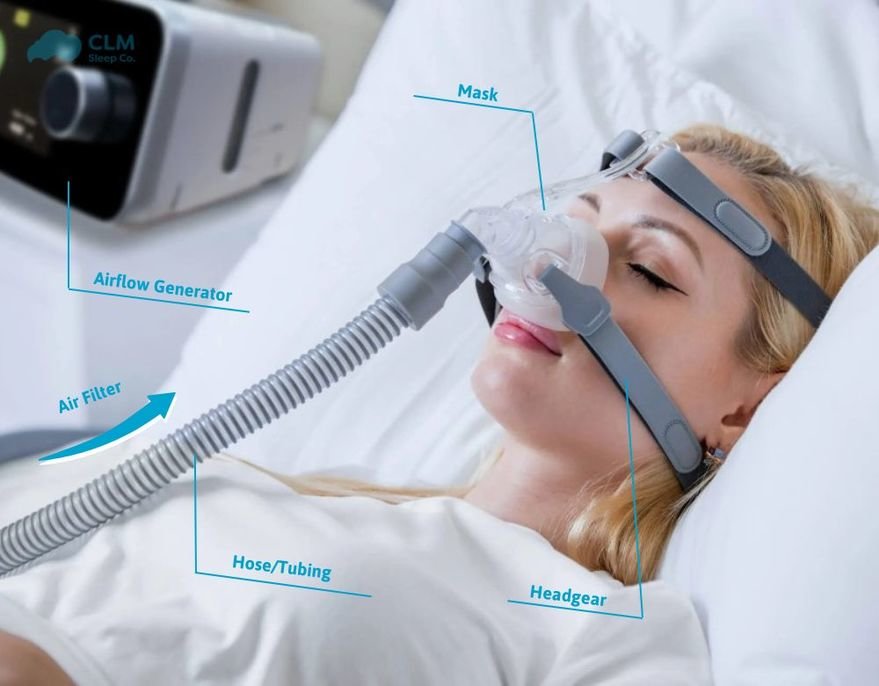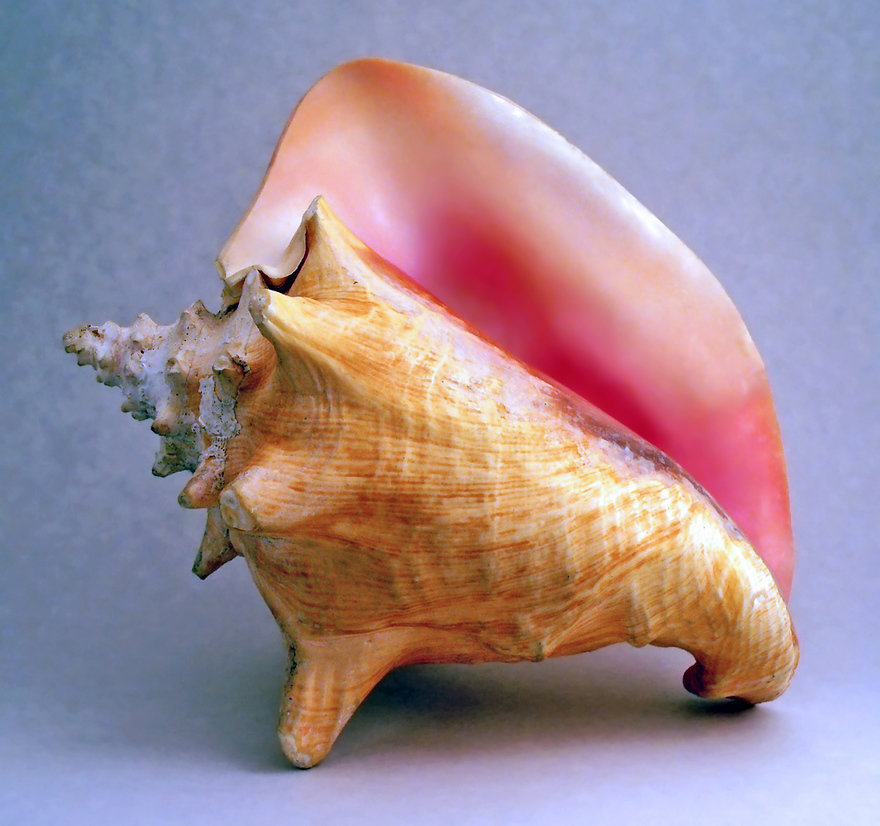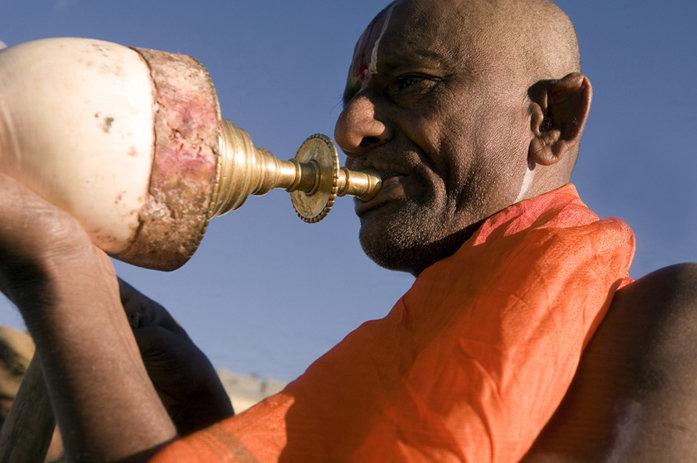Solving Sleep Apnea Using a Conch Shell
It's a lot better than using a CPAP machine
Some 936 million people worldwide suffer from sleep apnea. This leads to poor quality sleep, higher risk of blood pressure, and higher risk of both strokes and heart disease. The accepted fix is to sleep with a special mouthpiece or a CPAP machine, which users understandably find cumbersome.

The approach of a mouthpiece or a CPAP machine is the same: "Something is wrong with your body, and you need this device/machine to mechanically intervene." But researchers at India's Eternal Heart Care Centre and Research Institute have come up with a far cheaper and less invasive method of solving sleep apnea. Their approach asks users to do a simple exercise with a conch shell, in order to solve the problem within their own bodies.
 Image: Brian0918, CC BY-SA 3.0
Image: Brian0918, CC BY-SA 3.0
To explain, in Hindu culture conch shells, called shankh, are articles of prayer, used to trumpet announcements in rituals. They're also used for yogic breathing exercises, where participants exhale through them in order to gain health benefits.
 Image: Claude Renault, CC BY 2.0
Image: Claude Renault, CC BY 2.0
If this all sounds like a lot of hooey, Dr Krishna K. Sharma, who led the research, begs to differ. Dr. Sharma had the participants of the study—where their sleep was monitored by instruments--exhale through the conch shell for 15 minutes a day, five days a week, and explains how this helps with sleep apnea:
"The way the shankh is blown is quite distinctive. It involves a deep inhalation followed by a forceful, sustained exhalation through tightly pursed lips. This action creates strong vibrations and airflow resistance, which likely strengthens the muscles of the upper airway, including the throat and soft palate – areas that often collapse during sleep in people with OSA. The shankh's unique spiralling structure may also contribute to specific acoustic and mechanical effects that further stimulate and tone these muscles."
In the study, half of the patients were trained to blow through the conch shell, and the other half were given shell-free yogic breathing exercises to do. The results:
Compared to the people who practised deep breathing, the people who practised shankh blowing were 34% less sleepy during the daytime, they reported sleeping better and polysomnography revealed that they had four to five fewer apnoeas (where breathing stops during sleep) per hour on average. They also had higher levels of oxygen in their blood during the night.
The plan is to now expand the study into larger trials involving multiple hospitals.
-
o2Favorite This
-
Q1Comment
K
{Welcome
Create a Core77 Account
Already have an account? Sign In
By creating a Core77 account you confirm that you accept the Terms of Use
K
Reset Password
Please enter your email and we will send an email to reset your password.


Comments
Discovering a natural solution to a sleep problem is exactly what happened to me. Mechanical sound waves of flowing water can alleviate nocturia by stimulating daytime urination, and, thus, reducing - or eliminating - the very troublesome nighttime - gettting up out of bed - urination. See www.fountainmagicforyou.com